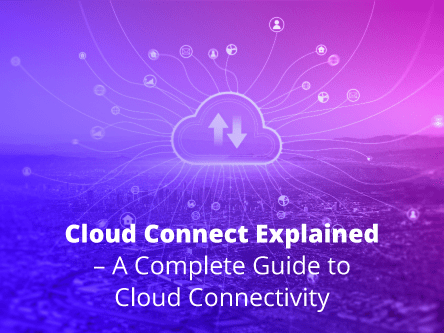Recently, the popular video-on-demand provider Netflix had to reduce video quality in Europe due to the strain on the region’s internet service providers.
Elsewhere, due to the world’s largest work-from-home exercise, customers of telcos and network service providers are becoming more reliant on satisfactory connectivity to the cloud.
If this should imminently be replicated at scale globally, there is fear that networks will not be able to cope.
Let us analyse this fear systematically: the worry of running out of cloud resources is related to the environment where these clouds live in, that is, the data centres.
The cloud service providers (CSP) that are present in or operate these data centres do so using the services of hundreds of service locations globally, interconnecting them to form a large cloud fabric.
The larger players build their own data centres and are also depend on cloud interconnection or cloud exchange to achieve hyper scalability.
The vulnerability variable is therefore the interconnectivity pathway.
If this connectivity breaks due to the unexpected surge in traffic due to the current circumstances or any massive cyberattacks, the result will be slow internet access or even outages.
- Even the larger players are only as resilient as the security, reliability and interconnectedness of their own data centres.
- The common threads that both large and small service providers rely on are therefore the data centres and the interconnection between them, in terms of how fast and simple is it to access the IT resources they need.
- Infrastructure-as-a-service (Iaas) providers for SaaS and PaaS providers, as well as digital service providers, offer the icing on the cake for business to adopt serverless computing.
This is especially important in the ongoing drive to digitalise and leverage new technology and analytics to squeeze business intelligence out of data. Serverless computing will be highly susceptible to the quality of connectivity and the network fabric.
With these considerations in mind, have we driven across the point that data centre interconnection and the cloud are all contingent on the same constant?
Tapping into the ubiquitous connectivity fabric
It takes a global connectivity specialist to glue data centres, CSPs and networks into an interconnect network fabric that’s flexible, scalable and secure enough for all kinds of business.
Not only that, the connectivity services have to be quick to deploy and on-demand. Or integrate easily into existing platforms with the use of APIs.
The cloud is here to stay and it’s growing faster than ever even in times like these.
We are seeing this reality as global CSPs like Alibaba Cloud continues to make significant investments into their infrastructure and Google Cloud reporting significant growth rate.
In regard to the cloud infrastructure that much of the world now relies on, let us take this opportunity to spruce up our network connectivity in order to be more resilient during any global catastrophes.







